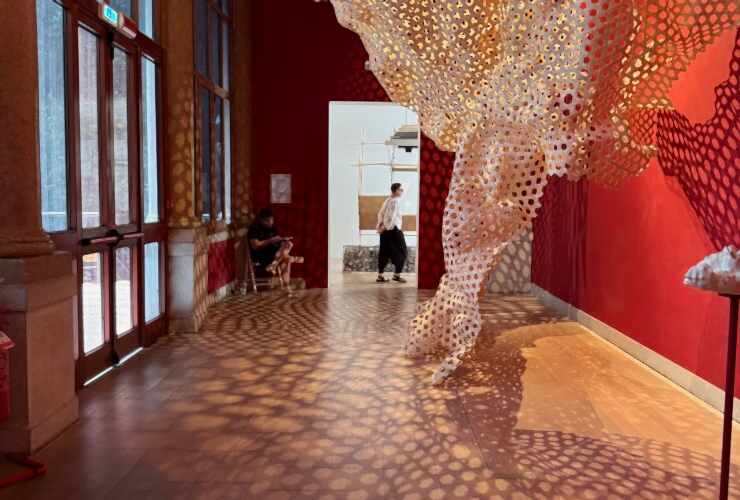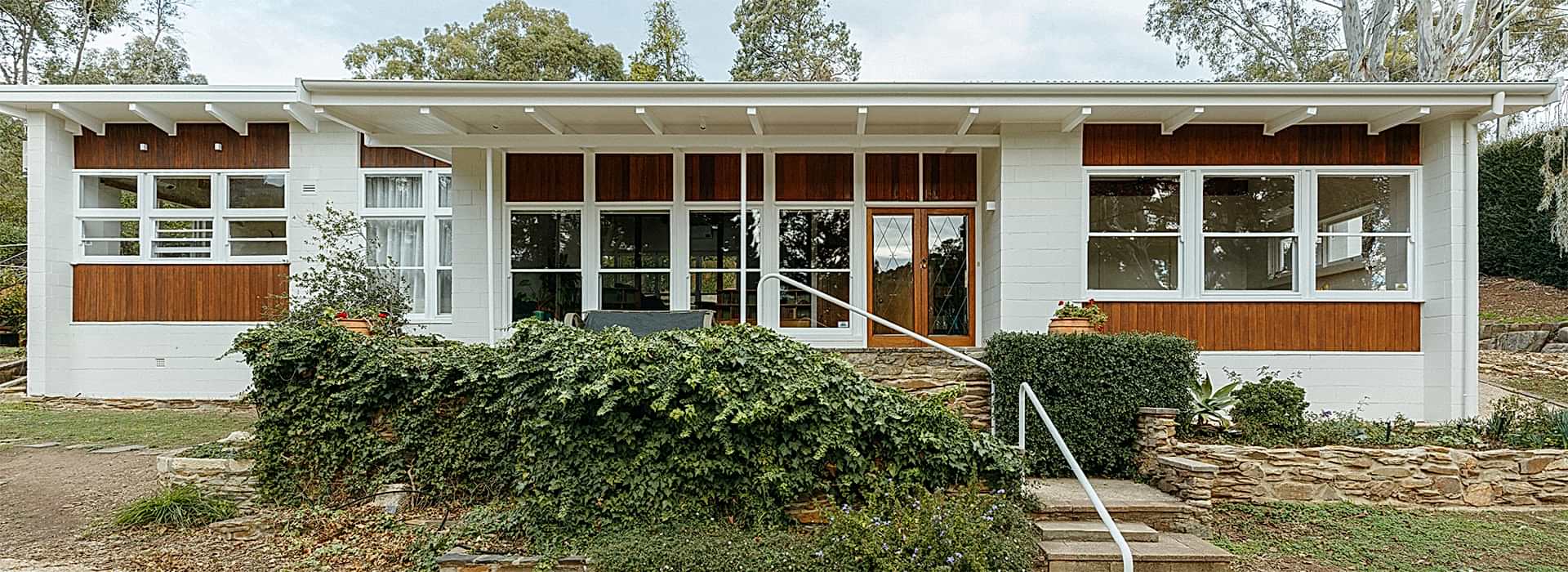News / Reflections from the Venice Architecture Biennale

July 2025
I just returned from five days in Venice, where I immersed myself in a world of architecture and art at the Biennale. While I tried to capture parts of the experience on Instagram, I quickly realized the format didn’t do it justice. So here I am—writing my first blog post.
This is part journal entry, part reflection. I want to take a few days to record what I saw and thought, both for my own future reference and for anyone curious about what was on display.
Day One: The Giardini Pavilions
My first day was spent exploring the national pavilions in the Giardini—a beautiful old garden set aside for international exhibitions early in the 20th century. Many of the buildings there date from before World War II, giving the place a timeless charm.
Let’s start with one that particularly stood out.
The Finnish Pavilion by Alvar Aalto
This small timber structure immediately conjures the image of a Scandinavian boat shed—but one with far more complexity. Inside, it transforms into a kind of lantern, thanks to a double truss system that gives the interior a light, floating quality.
It’s a surprisingly difficult structure to read. I spent a while trying to understand the details, but part of the lantern-like core had been covered to display a video about the building’s reconstruction over the last 50 years. (Apparently, a tree fell on it!) While informative, this somewhat obscured the very elements that make the pavilion so interesting.
The pavilion was originally conceived as a demountable structure—intended to be disassembled and stored between exhibitions. That idea never quite came to fruition due to production issues. And given Venice’s humid climate, the timber has required a great deal of ongoing maintenance.
What struck me most was the form—it really feels like a “box within a box.” Later, I looked up the floor plan to better understand the spatial arrangement. It’s essentially a box made from two offset rectangles, which gives it a dynamic, layered quality.
You can see that below.
This is clearly an experimental structure. It pushes the limits of what a simple shed can be, and it deserves real credit. The professionals and students who undertook the meticulous restoration faced an immense technical challenge.
The accompanying video did a solid job explaining the process—though interestingly, it also seemed to downplay the pavilion’s presence by focusing so much on the repair.
More reflections to come in the next post, as I continue to unpack everything I saw in Venice. There’s still so much to process—from unexpected spatial moments to ambitious political statements woven into architecture.
Thanks for reading.
Drawings from here : Pavilions – Frame Contemporary Art Finland











